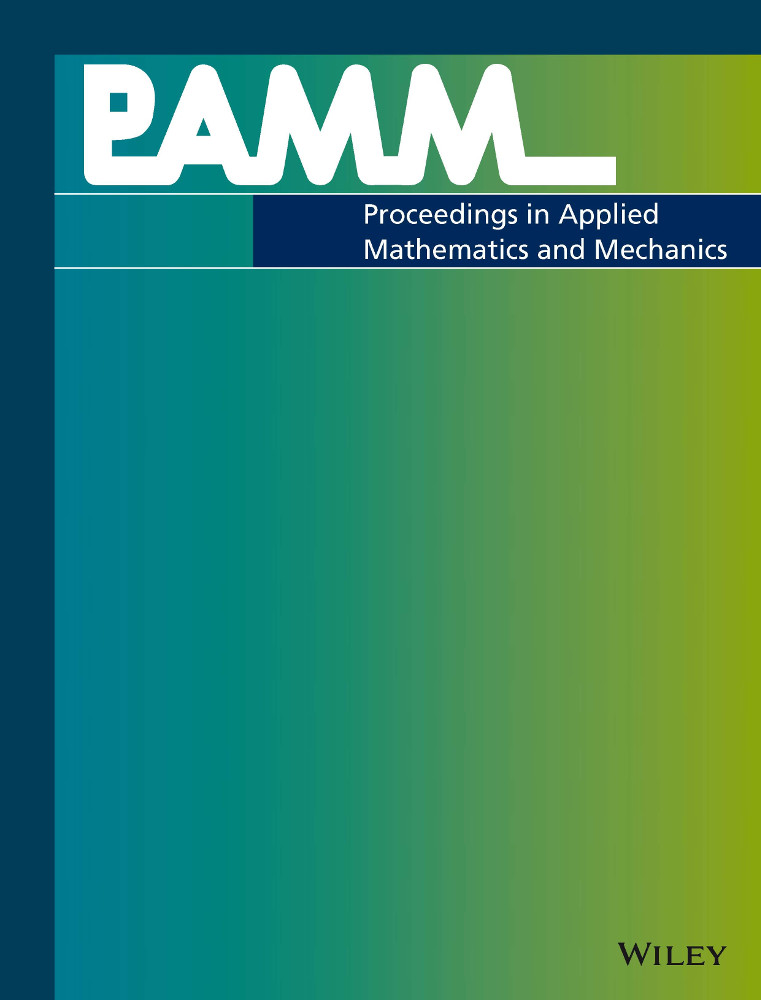Bifurcation of fiber reinforced inflated membranes with different natural configurations of the constituents
Abstract
This article studies the inflation and bulging of fiber-reinforced hyperelastic membranes. A neo-Hookean model describes the mechanical behavior of the ground substance, and a relatively standard reinforcing model describes the mechanical behavior of fibers. The natural configuration of the constituents may differ, for example, because the fiber may be pre-stretched in comparison to the natural configuration of the ground substance. Additionally, the fibers may be dispersed. Both the pre-stretch and dispersion of the fibers have an effect on the formation of a bulge. The results explore how material stiffness ratios and fiber arrangements are involved in initiating bulging instabilities. The herein presented results may provide a contribution to understanding the formation of aneurysms.




